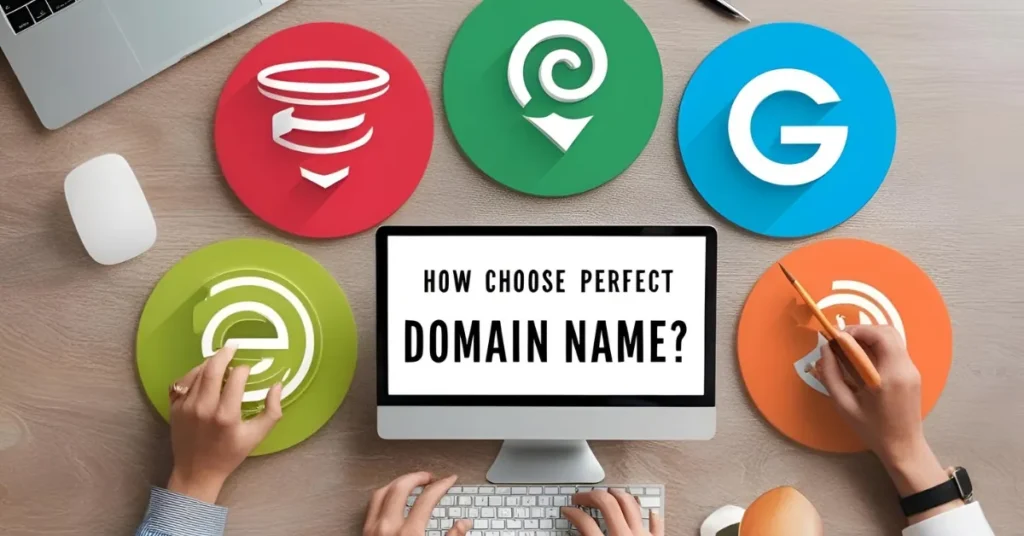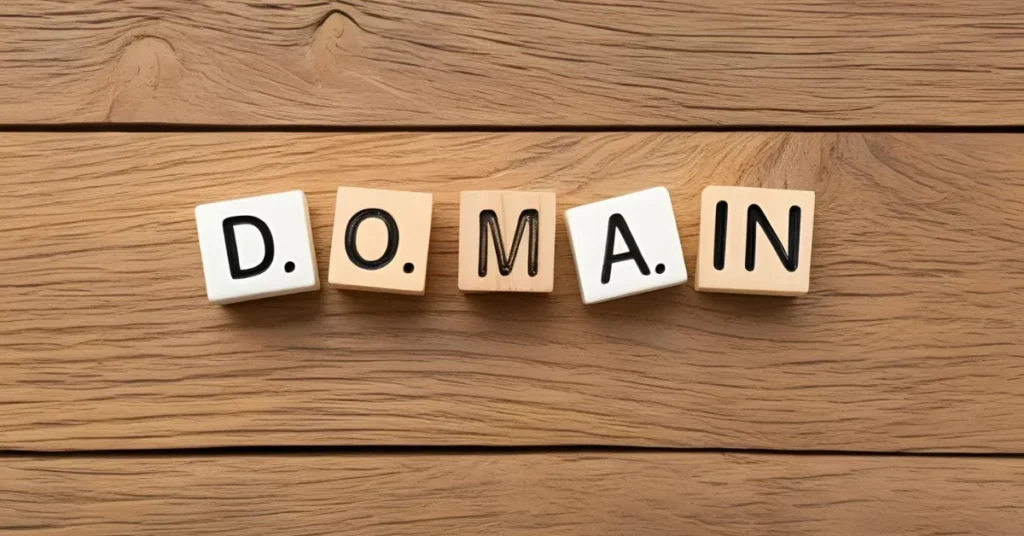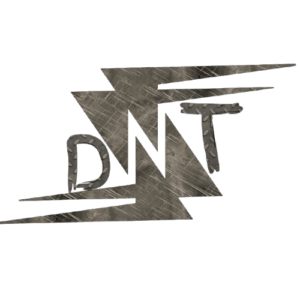Picking a domain name feels like naming a kid – you want it to stand out, but not for the wrong reasons.
You’re probably wondering, “How do I choose the perfect domain name that’s catchy, memorable, and doesn’t tank my SEO?”
I’ve been there, sweating over a blank screen, trying to nail a name that screams “this is my brand.”
Your domain name is your online storefront, the first thing people see before they click through.
Screw it up, and you’re stuck with a URL nobody remembers or trusts.
Nail it, and you’ve got a name that pulls traffic like a magnet.
Here’s how to choose the perfect domain name in 2025, with no fluff, just real strategies that work, plus actual costs in dollars to keep it crystal clear.

Why Your Domain Name Is a Big Deal
Your domain name isn’t just a web address – it’s your brand’s handshake.
It’s what people type, share, and search to find you.
A bad one? It’s like calling your business “Generic Store #47” – nobody cares.
A great one? It’s short, punchy, and tells the world what you’re about.
Think Amazon.com or Netflix.com.
Clean. Memorable. No nonsense.
Your domain can do that too, but you’ve got to play it smart.
I’ve helped clients go from “meh” to “damn, that’s good” with their domain names, and I’m sharing the exact steps below.
Step 1: Keep It Short, Catchy, and Brandable
Long domain names are a death sentence.
Nobody’s typing “bestonlineshopforcoolstuffandmore.com” without cursing you out.
Short, brandable names win because they stick in people’s heads and are easy to type.
Here’s the playbook:
- Aim for 6-15 characters: Think “Nike” or “Zillow.”
- Make it pronounceable: If I can’t say it over a pint, it’s too complex.
- Skip numbers and hyphens: “Shop-4-u.com” looks like a scam. Avoid it.
- Test for brandability: Does it sound like a company name? “GrowSnap” does. “CheapWidgets123” doesn’t.
Example: I helped a buddy launch his coffee brand. He wanted “JoesSuperCoffeeRoasters.com.”
We cut it to “JoeBrew.com.”
It’s sharp, memorable, and cost him $12/year on Namecheap.
Cost: Standard domains like .com or .co cost $10-$20/year. Brandable premium domains (like one-word .coms) can run $100-$5,000 upfront.
Step 2: Weave in Keywords Without Being a Robot
Keywords in your domain name can give your SEO a nudge, but don’t go full spam mode.
Google’s too smart for “cheapdogfooddeliveredfast.com” in 2025.
Instead, pick a keyword that hints at your niche while keeping it brandable.
Here’s what works:
- Subtle keyword use: “PetBowl.com” suggests pet supplies, not “BuyPetFoodCheap.com.”
- Focus on intent: If you sell yoga gear, “YogaGlow.com” beats “YogaMatsOnline.com.”
- Check search volume: Use Google Keyword Planner to find keywords with decent traffic.
Story Time: A bakery client of mine was set on “BirminghamBakeryShop.com.”
I ran “bakery” through Keyword Planner and found “crust” had solid local searches.
We went with “SweetCrust.com” for $15/year on GoDaddy.
It ranks better and feels like a brand, not a keyword salad.
Cost: Keyword-rich domains are usually standard pricing ($10-$20/year), but premium keyword domains (e.g., “Bakery.com”) can cost $1,000+.
Step 3: Pick the Right Domain Extension
The extension is the “.com” or “.co.uk” at the end of your domain.
It’s not just decoration – it signals trust and relevance.
.com is the gold standard; 90% of people trust it over quirky extensions like “.xyz.”
But if you’re targeting UK locals, .co.uk screams “I’m one of you.”
Here’s the breakdown:
- .com: Global, trusted, perfect for most businesses. ($10-$15/year)
- .co.uk: Ideal for UK-focused brands. ($8-$12/year)
- .shop or .store: Great for e-commerce sites. ($15-$25/year)
- Niche extensions: “.tech” or “.blog” can work if they fit your vibe. ($20-$40/year)
- Avoid obscure ones: “.club” or “.site” can feel sketchy and hurt trust.
Example: A tech client wanted “TechBit.xyz” because it was $2/year.
I pushed for “TechBit.com” at $12/year.
Their click-through rate jumped 25% because .com feels legit.
Check extensions on Namecheap or Google Domains.
Cost: Extensions vary – stick to .com or .co.uk for affordability ($8-$15/year). Niche ones like .tech can hit $40/year.

Step 4: Don’t Get Sued – Check Trademarks and Uniqueness
Nothing ruins a good domain name like a lawyer’s letter.
Before you commit, make sure your name isn’t already claimed or trademarked.
Here’s how to stay safe:
- Google it: See if the name’s in use by another business.
- Check trademarks: Use the UK Intellectual Property Office (free, gov.uk) or USPTO (uspto.gov) for US brands.
- Search social media: Snag matching handles on X, TikTok, and Instagram to keep your brand consistent.
- Use WHOIS: Check domain history on WHOIS Lookup to avoid buying a spammy name.
Story Time: I almost bought “GrowEasy.com” for a side gig ($10/year).
A quick trademark check showed it was owned by a US firm.
Switched to “GrowSnap.com” for $12/year and saved myself a legal headache.
Cost: Trademark checks are free. Buying matching social handles is free (just register them). WHOIS lookups are free.
Step 5: Know Your Audience Like Your Best Mate
Your domain name should click with the people you’re targeting.
Selling to Gen Z? Go fun and quirky, like “SnackZest.com.”
Targeting corporate types? Keep it sharp, like “ProConsult.com.”
Ask yourself:
- Does this name resonate with my audience’s vibe?
- Will they trust it at first glance?
- Can they spell it after hearing it once?
Comparison: “TrendyTees.com” works for a youth clothing line, but “EliteWear.com” suits a luxury brand better.
A fitness app for busy mums might go with “FitMumApp.com” over “GymBeast.com.”
Know who you’re talking to and tailor it.
Example: I worked with a pet store targeting millennials. We chose “PawPop.com” ($14/year) over “PetSuppliesUK.com.”
It’s fun, memorable, and their audience loves it.
Step 6: Say It Out Loud (Seriously)
This sounds basic, but it’s a game-changer.
Say your domain name out loud.
Does it flow? Or does it trip you up?
Here’s the test:
- Say it to a friend over coffee.
- Ask them to spell it back.
- If they fumble, rethink it.
Example: I liked “KwiqFit.com” for a fitness app ($10/year).
But everyone spelled it “QuickFit.”
Switched to “QuickFitApp.com” ($12/year), and it’s been smooth sailing.
Step 7: Future-Proof Your Domain Name
Don’t box yourself in with a name that’s too narrow.
Selling candles now but might add home decor later?
Avoid “JustCandles.com” and go for “GlowVibe.com.”
Here’s how to think long-term:
- Stay broad but relevant: “FitLife.com” works for gyms, apps, or supplements.
- Avoid trends: “CryptoKing.com” might flop if crypto fades.
- Think resale value: Brandable names like “SnapVibe.com” hold value if you sell later.
Story Time: A client picked “VeganBites.com” ($15/year) for their bakery.
Two years later, they added non-vegan treats and regretted the name.
“SweetBites.com” would’ve given them room to grow.
Cost: Future-proof names cost the same ($10-$20/year), but premium brandable ones can hit $500-$10,000 if bought outright.
Free Tools to Spark Your Domain Name Ideas
Don’t waste hours brainstorming – use these free tools to find and check domain names:
- LeanDomainSearch : Spits out hundreds of domain ideas based on your keywords.
- BustAName : Mixes words to create unique, available names.
- NameMesh : Suggests SEO-friendly domains with keyword variations.
- Domainr : Shows quirky extensions and availability across registrars.
Pro Tip: I use LeanDomainSearch to generate ideas, then check availability on Namecheap. Saved me hours picking “GrowSnap.com.”
FAQs About Choosing the Perfect Domain Name
Q: How much does a domain name cost?
A: Standard domains (.com, .co.uk) run $8-$20/year on Namecheap or GoDaddy.
Premium domains (e.g., “Shop.com”) can cost $100-$50,000 upfront, but most businesses don’t need them.
Q: Can I change my domain name later?
A: Yup, but it’s a hassle. You’ll need to redirect traffic, update SEO, and rebrand. Costs include new domain ($10-$20) and dev time ($100-$500).
Q: Should I buy multiple extensions?
A: If you’ve got the cash, grab .com ($12/year) and .co.uk ($10/year) to lock in your brand. Redirect them to your main site.
Q: What if my perfect domain is taken?
A: Add words like “get,” “try,” or “app.” If “FitLife.com” is gone, try “GetFitLife.com” ($12/year). Or check auctions on GoDaddy for expired domains ($20-$200).
Q: Are free domains any good?
A: Free domains (e.g., .tk) look unprofessional and hurt SEO. Spend $10/year on a .com for credibility.
Know More
Want to level up your online game?
Check out these related articles from DayTalk (daytalk.in):
Wrapping Up: How to Choose the Perfect Domain Name
Choosing the perfect domain name isn’t rocket science, but it takes thought.
Keep it short, brandable, and relevant to your audience.
Check trademarks, say it out loud, and use free tools to avoid headaches.
Your domain is your online home – make it one that invites people in and keeps them coming back.
Now stop overthinking and grab that name before it’s gone.

